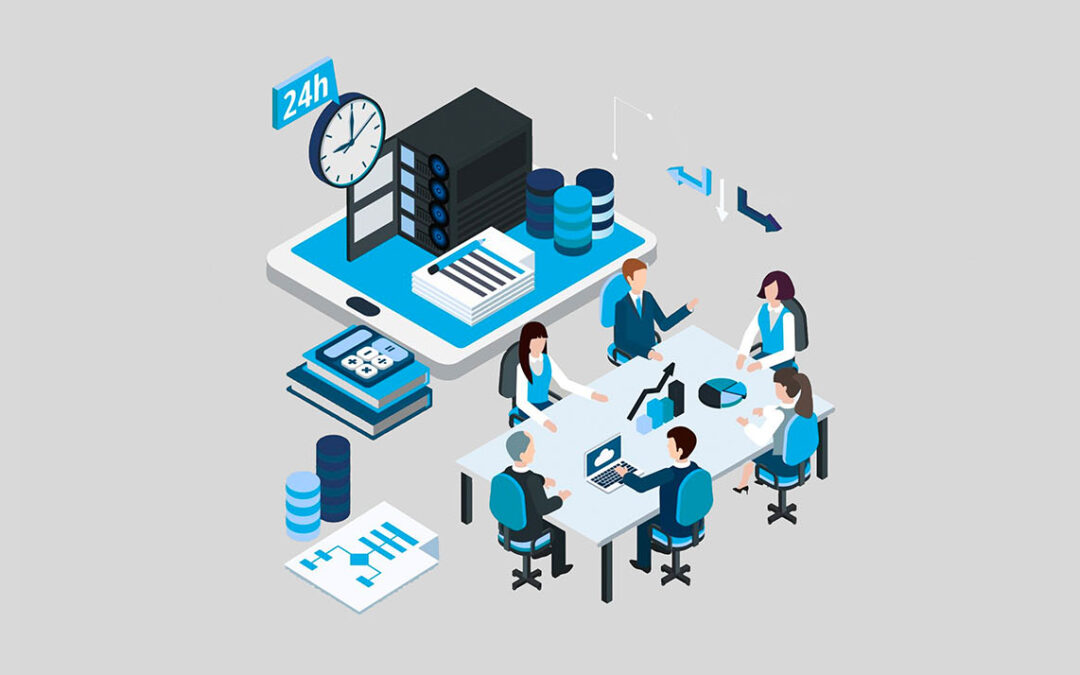In our increasingly digital world, data management has become a critical aspect of almost every industry. Blockchain technology, initially designed as the backbone of cryptocurrencies like Bitcoin, has emerged as a game-changer in the realm of data management. Today, we’ll delve into the fascinating world of blockchain and explore how it manages data, in a way that even the non-tech-savvy among us can comprehend.
The Basics of Blockchain
Before we dive into how blockchain manages data, let’s get a grip on the fundamentals. Think of blockchain as a digital ledger that records transactions across a network of computers. These computers, also known as nodes, work together to validate and store data in a tamper-proof, decentralized manner.
Decentralization: The Key Ingredient
One of the most unique aspects of blockchain is its decentralized nature. Unlike traditional centralized databases, which rely on a single authority to manage data, blockchain disperses data across multiple nodes in a network. This decentralization ensures that no single entity has absolute control, making it highly resilient against manipulation and hacking attempts.
Data is stored in blocks
In blockchain, data is grouped into blocks, and each block contains a specific number of transactions or pieces of information. Once a block is full, it’s sealed, and a new block is created. The beauty of this system is that blocks are linked together in a chronological chain, forming the blockchain.
Data Verification and Consensus
Before data is added to a block, it goes through a verification process. In a blockchain network, multiple nodes compete to validate and confirm the data. Once a consensus is reached among the majority of nodes, the data is added to the block. This consensus mechanism, often referred to as “Proof of Work” or “Proof of Stake,” guarantees the integrity of the data.
Immutability and Security
Once data is stored in a block and added to the blockchain, it becomes nearly impossible to alter. Every block references the previous one, creating a chain that extends back to the very first block, known as the “genesis block.” This immutability ensures the security and transparency of the data.
Data Replication and Distribution
To further enhance data management, blockchain ensures data is replicated across all nodes in the network. This replication minimizes the risk of data loss and ensures that even if a few nodes fail, the data remains accessible. In traditional databases, a single point of failure can result in data loss, which is a significant concern that blockchain addresses effectively.
Conclusion
In the realm of data management, blockchain’s decentralized, secure, and transparent nature has made it a game-changer. It provides a revolutionary way to manage and store data, making it tamper-proof, highly resilient, and accessible. So, the next time someone asks how blockchain manages data, you can confidently explain that it’s all about decentralization, data blocks, consensus, immutability, and widespread replication. Blockchain isn’t just a buzzword; it’s the future of data management!

